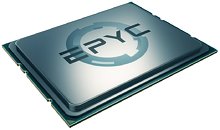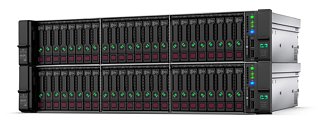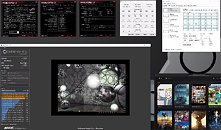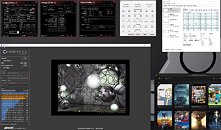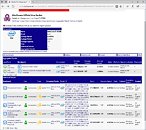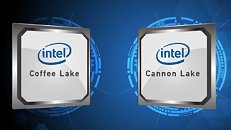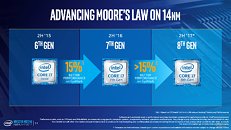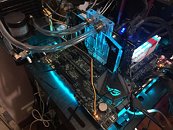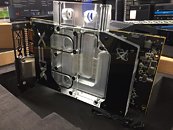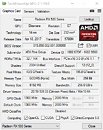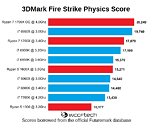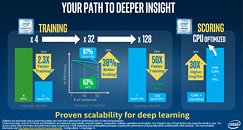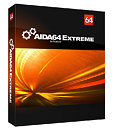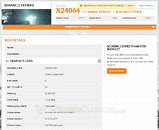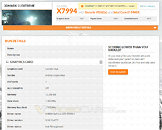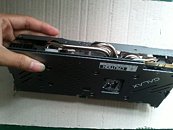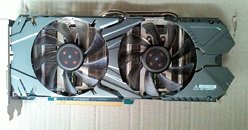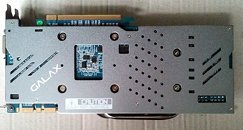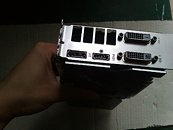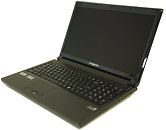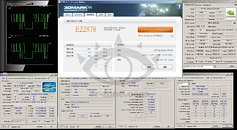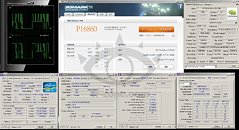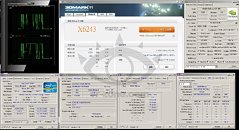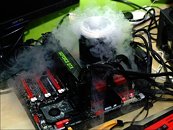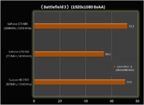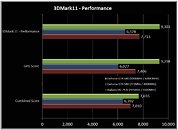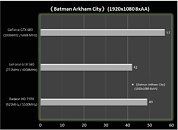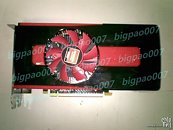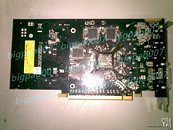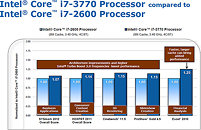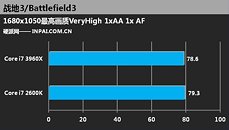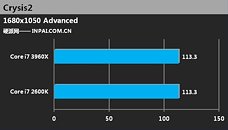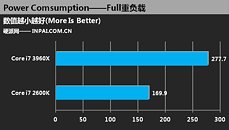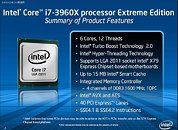
AMD EPYC 7601 Processors Set Two New World Records on SPEC CPU Benchmarks
AMD today announced that the new Hewlett Packard Enterprise ProLiant DL385 Gen10 server, powered by AMD EPYC processors set world records in both SPECrate2017_fp_base and SPECfp_rate2006. The secure and flexible 2P 2U HPE ProLiant DL385 Gen10 Server joins the HPE Cloudline CL3150 server in featuring AMD EPYC processors. With designs ranging from 8-core to 32-core, AMD EPYC delivers industry-leading memory bandwidth across the HPE line-up, with eight channels of memory and unprecedented support for integrated, high-speed I/O with 128 lanes of PCIe 3 on every EPYC processor.
"HPE is joining with AMD today to extend the world's most secure industry standard server portfolio to include the AMD EPYC processor. We now give customers another option to optimize performance and security for today's virtualized workloads," said Justin Hotard, vice president and GM, Volume Global Business Unit, HPE. "The HPE ProLiant DL385 featuring the AMD EPYC processor is the result of a long-standing technology engagement with AMD and a shared belief in continuing innovation."
"HPE is joining with AMD today to extend the world's most secure industry standard server portfolio to include the AMD EPYC processor. We now give customers another option to optimize performance and security for today's virtualized workloads," said Justin Hotard, vice president and GM, Volume Global Business Unit, HPE. "The HPE ProLiant DL385 featuring the AMD EPYC processor is the result of a long-standing technology engagement with AMD and a shared belief in continuing innovation."
